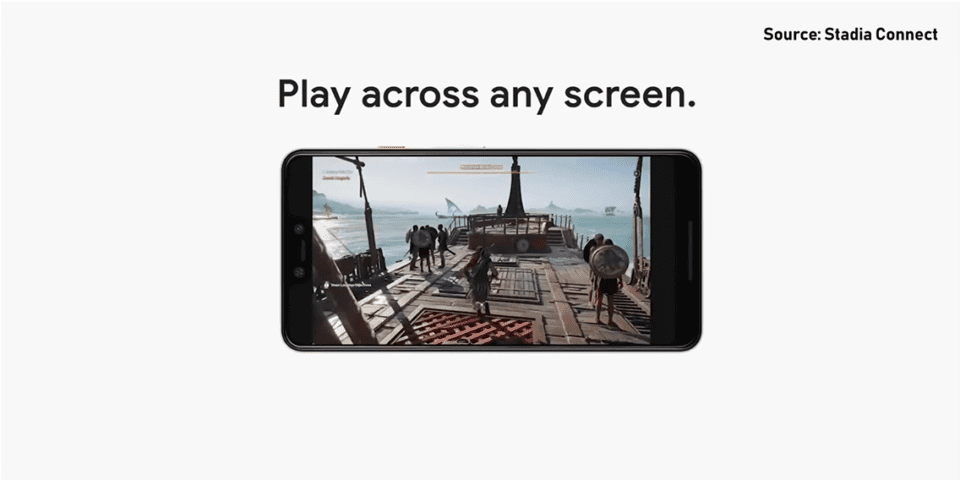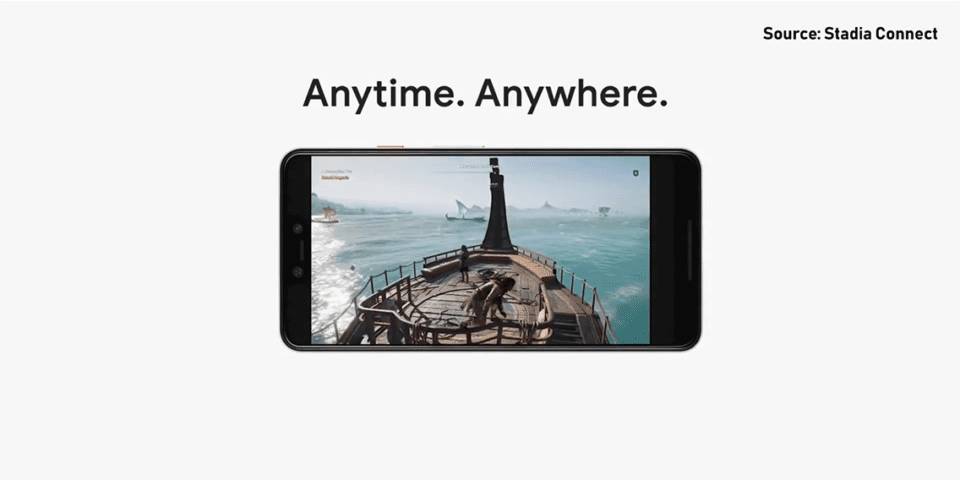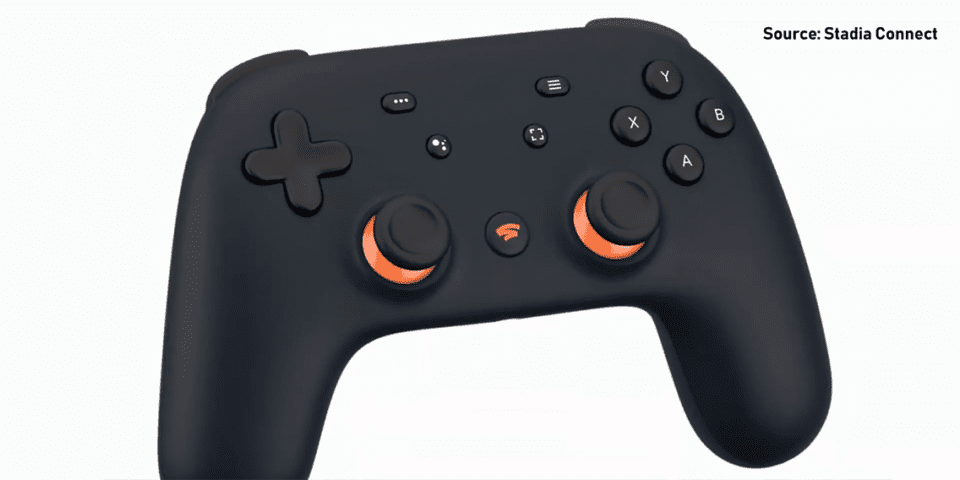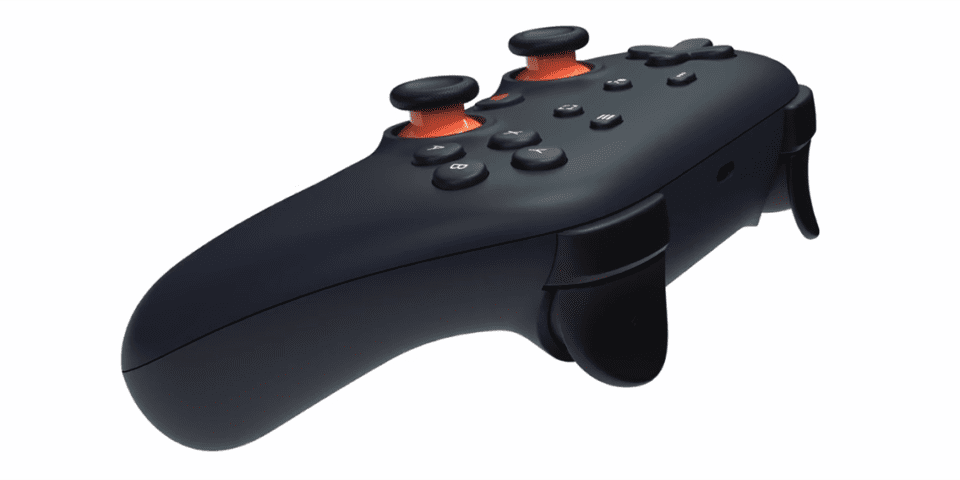Google Stadia – Everything You Need To Know Right Now!

Share:
What’s up guys, Eber here with Hardware Canucks. Three months ago at GDC 2019, Google unveiled Project Stadia, a new streaming gaming platform that could potentially revolutionize the way how we think of gaming in the future. Now Stadia is all about giving instant access to everyone who wants to get into the whole gaming field and share their experience together with a community of gamers while not worrying about dealing with hardware requirements or whatnot. It’s certainly a different approach to gaming for sure. Now today Google actually unveiled pricing and availability for Stadia, so here’s everything that you need to know about this new gaming streaming service.
What is Stadia exactly?
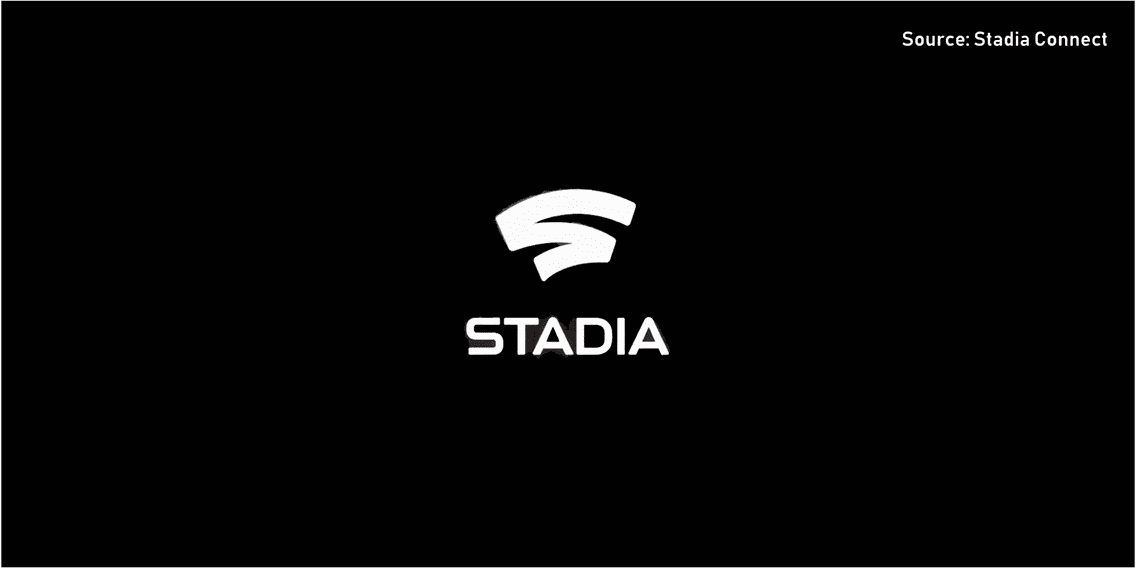
All right, so let’s get to what exactly Stadia is. I’m sure many of you are aware of it, but just for those of you who are wondering it’s essentially a cloud-based platform that allows users to stream any game at any time on any screen wherever they are. And given how its Google that has entered this new game streaming service, it’s supposed to work efficiently with other Google services like YouTube. You see one of the biggest trends these days is game streaming. A lot of people love watching their streamers play their favorite games on YouTube or other platforms like Twitch. So Stadia actually gives users the ability to stream any game anywhere on any screen. So for instance, if you’re watching someone stream Assassin’s Creed Odyssey or Metro Exodus on YouTube, Stadia will actually give you an extra option where you can play that particular game within a matter of seconds.
You don’t have to worry about any hardware requirements. Everything is based on Google’s data centers, so there is no installs, no downloads, no patches or what not. You don’t have to download a 50GB or 60GB of data to your system to get this thing up and running. It’s just simply click a button and you’re instantly in the game in a virtual world doing your own thing. Not to mention Stadia will give users the option to stream their particular gameplay on the platform. So for instance if I want to hop into a game and I want to stream my gameplay on YouTube, I could do that simultaneously without having to worry about a separate streaming machine and the hardware requirements for that or messing around with OBS. It’s genuinely really, really exciting.
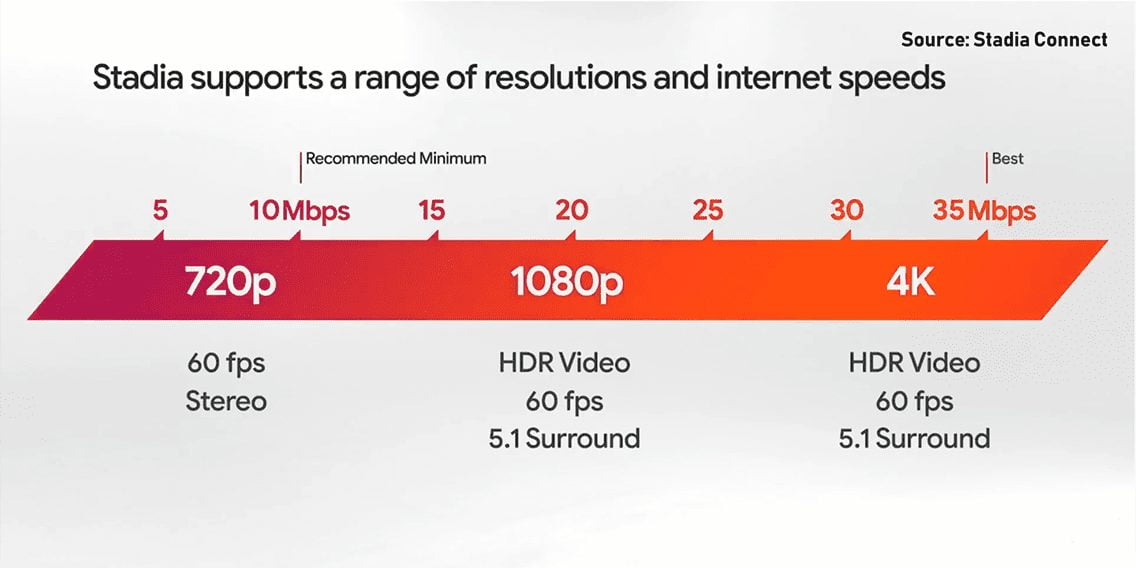
Now there are certain requirements for stadia and that primarily revolves around your internet connection. So they claim that you can stream up to 4K at 60 frames per second in HDR with 5.1 surround sound as long as you have a 35 megabits per second internet connection. However, if you have something in the lower 10 or 20 megabit range you can stream up to 720p at 60 frames per second in stereo sound. The other requirement is that if you’re on a PC or a notebook, you just need to have the Chrome browser installed on it and you will be able to hop into this whole new platform right away. If you’re on Chromebook or Chrome OS it’s the same story. As long as you have the Chrome browser you’re good to go. For those of you who have a Pixel 3 or Pixel 3A , the Google Stadia app will natively support those devices at launch and Google will be planning on adding or supporting other devices later on.
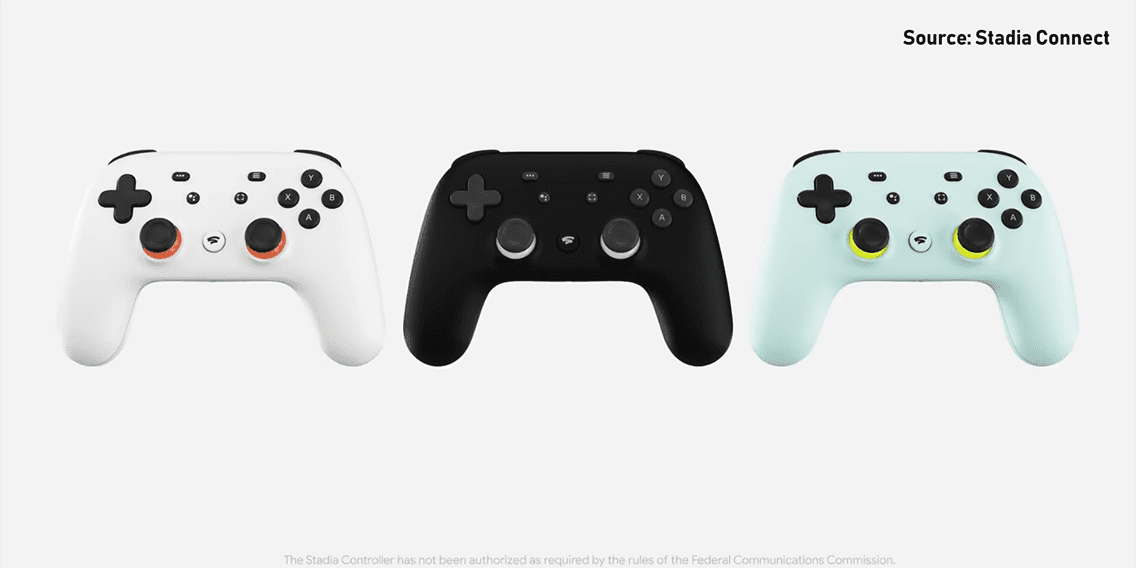
Now let’s talk about the Stadia controller. It comes in a few colors including Clearly White, Just Black, and Wasabi, which is an interesting but simple naming scheme.
There’s also limited edition Night Blueberry that’s only available to users who have bought the Founders Edition package, I’ll get to that in a minute. The control itself is pretty straightforward. It uses WiFi to connect directly to the game running in the data center to get you the fastest and smoothing gaming experience. There are certain buttons conveniently located on the controller for instant captures, saving & sharing your gameplay, and it also comes with the Google Assistant button as well. Stadia also supports Xbox One and PS4 controllers, as well as standard mouse and keyboard input peripherals, which is awesome. I should also mention that if you want to experience Stadia in your living room, say for instance on your TV, you can just plug in the Chromecast Ultra module to the TV and set up Stadia that way.
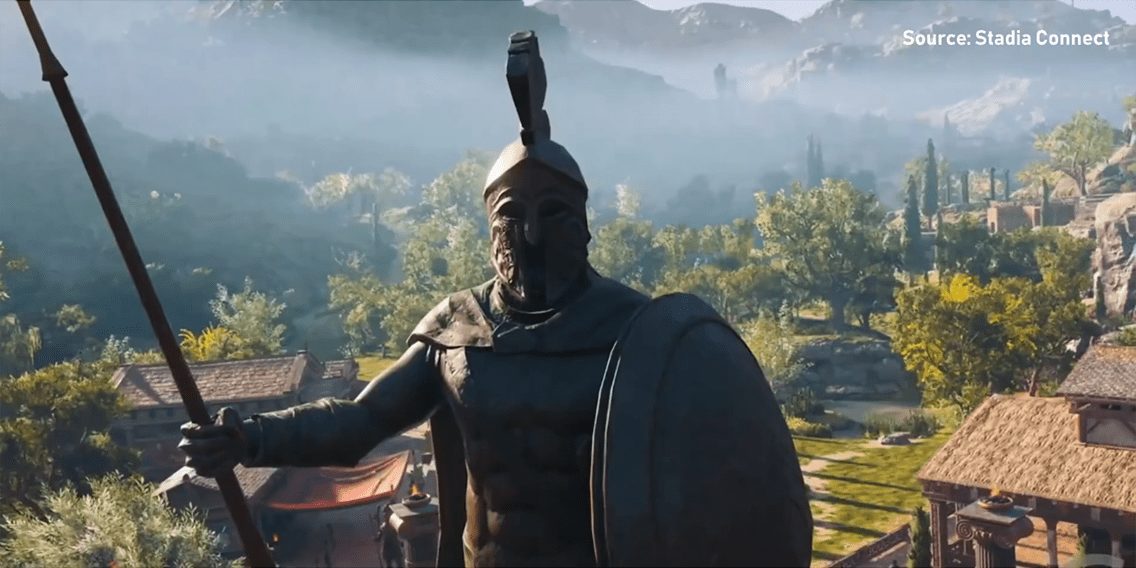
Moving on to game support, and obviously, this is the biggest factor that will determine the success of this service. You see at lunch you have access to the newly announced Baldur’s Gate 3, Tom Clancy’s Ghost Recon Break Point, The Division Two, Assassin’s Creed Odyssey, Mortal Combat 11, Grid Autosport, NBA 2k, Metro Exodus, Doom Eternal, and more. Google has promised to expand the game library moving forward and their partnership with EA and Ubisoft could mean that Stadia could be the ultimate game streaming platform. I can’t wait to see what they come up with or what it will turn out to be in the next five years.
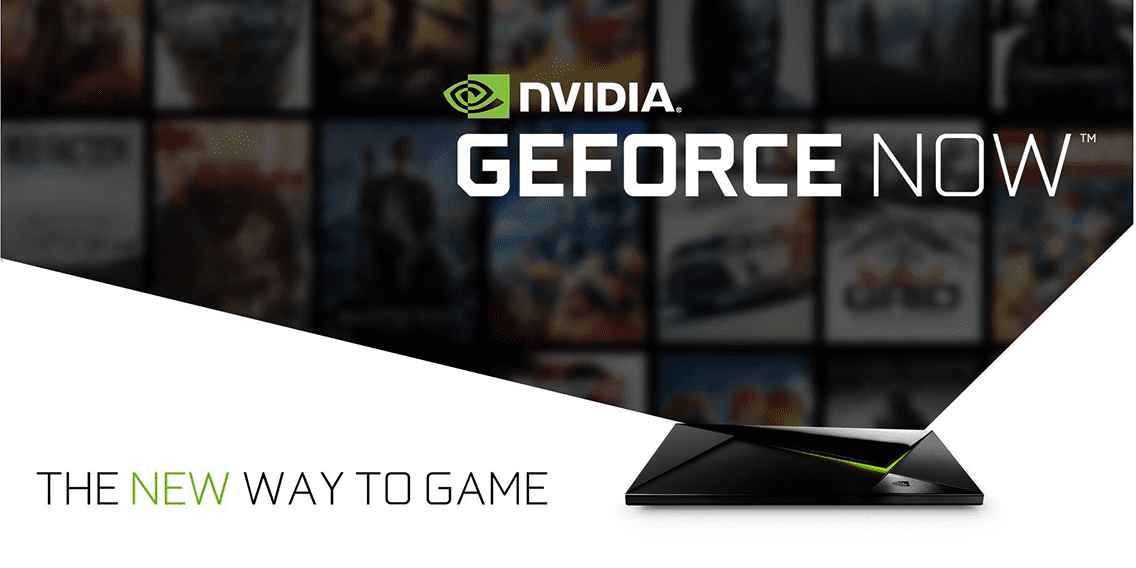
Now, with all that being said, we have to take a look at the competition because the one thing that does come to my mind is NVIDIA’s GeForce Now, which weirdly enough is still in Beta mode so users have to send a request for access to their Beta program. And while their library is fairly vast, it’s mostly Steam related games and nothing more than that. So Stadia’s approach is certainly interesting, and they are definitely partnering up with a lot of the developers around the world to bring the most or the best games possible to the platform.
And what’s the pricing?
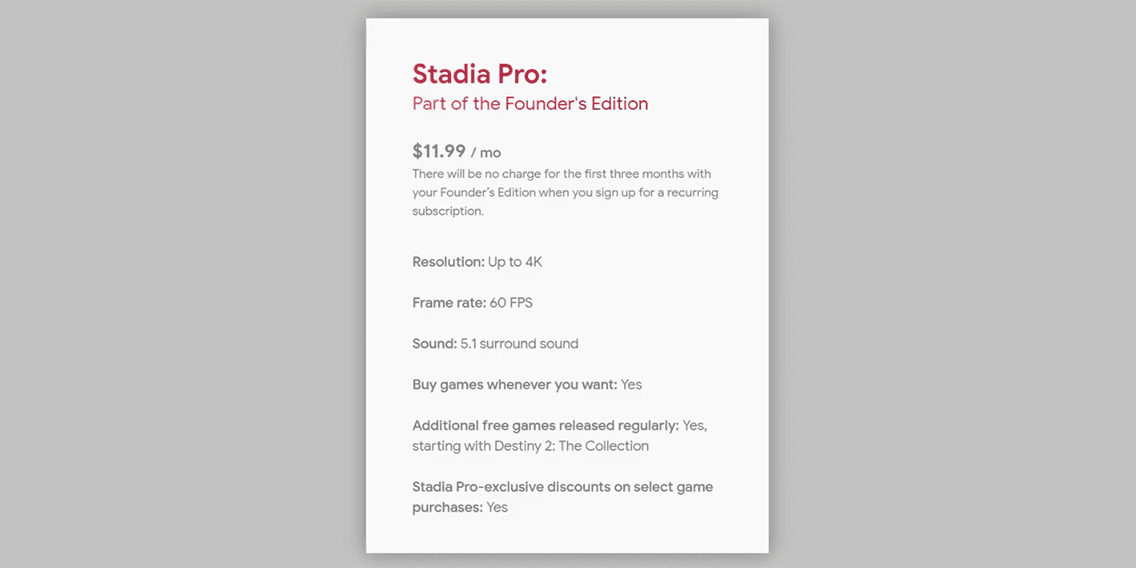
All right, so let’s get onto pricing and availability. Starting off with Stadia Pro, which is a $10 per month subscription and that gets you the highest streaming quality up to 4K at 60 frames per second in HDR with 5.1 surround sound, gets you unlimited access to free games, starting with the entire collection of Destiny 2.
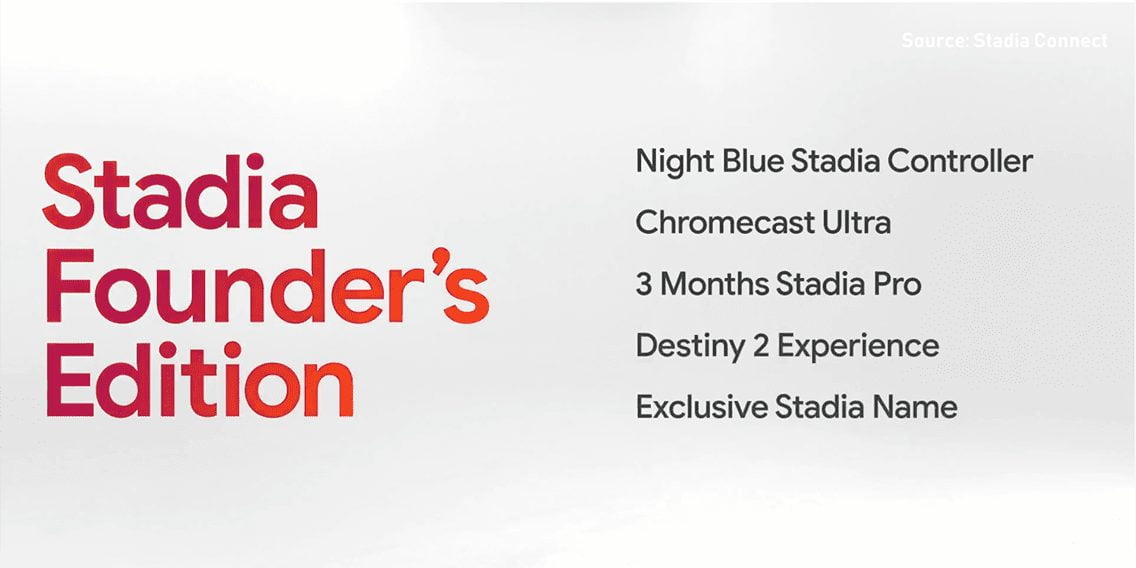
There’s also the Stadia Founders Edition, which is $130 USD or a $170 CAD. Think of it as a bundle or a starter pack for users who really want to get to experience Stadia first or want to get their hands on it as early as possible. It comes as a bundle, and what you’re getting is a Chromecast Ultra dongle along with a limited edition Knight Blue State controller, three months of Stadia Pro subscription, as well as an exclusive stadium name, which means that as soon as you hop onto the platform you get to claim a name for yourself. That’s pretty cool. There’s also a three month buddy pass so you can give Stadia Pro access to a friend or family member for three months at no cost.
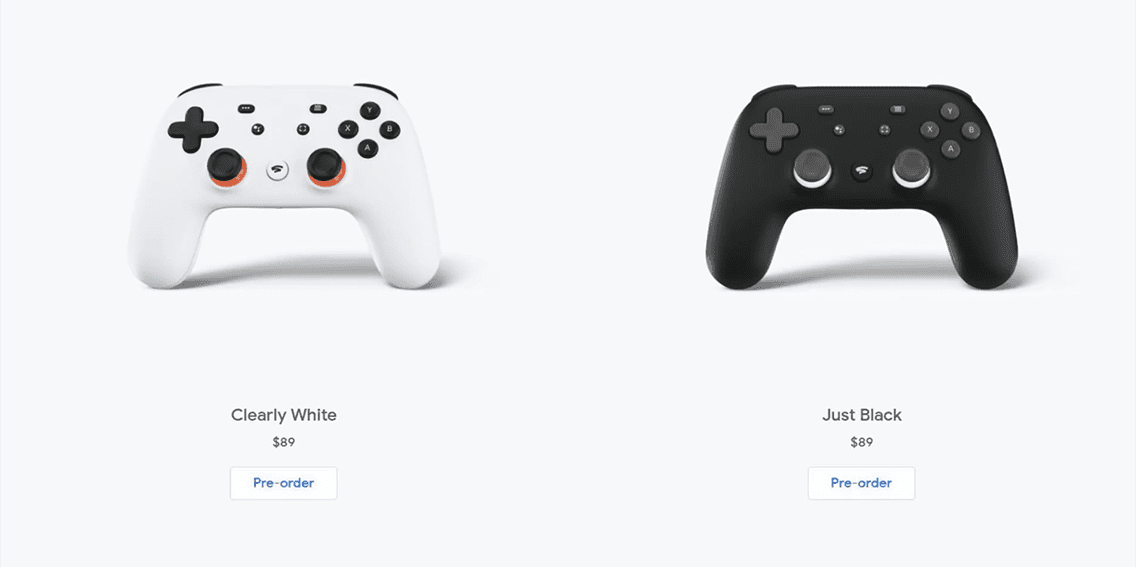
Also you can purchase an additional Stadia controller for around $70 USD or $90 CAD and you can just preorder the Founders Edition right now. Google did mention that it is only available for a limited time and only in limited quantities, so we’re not exactly sure when it’s gonna run out. I certainly have placed my preorder because I really want to get my hands on this and share my experience with you guys as soon as I get my hands on a controller.
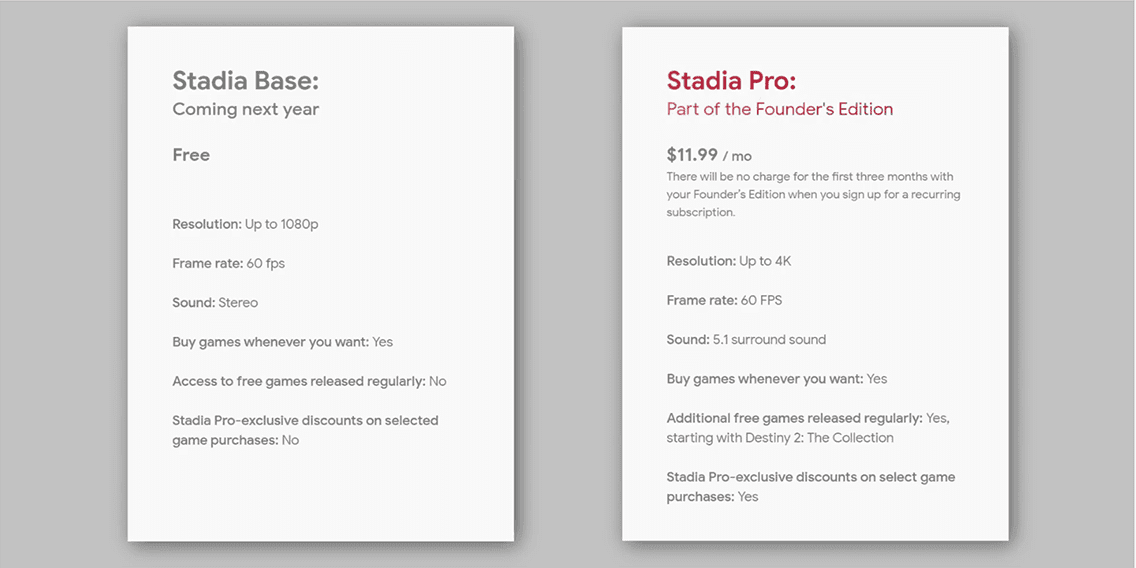
There’s also Stadia Base, which is a free service and it allows users to stream up to 1080P at 60 frames per second, and you can buy and keep the games you want and stream them wherever you are. Now, there are some things to consider. Stadia Base is only going to come next year, so if you really want to experience it right away, you’re actually better off going for the premium subscription fee, which is the $10 per month option with Stadia Pro or the Stadia Founders Edition that comes with the bundle pack.
The other thing that Google really didn’t get into is accessibility and availability with Stadia Pro and Stadia base. You see even though you can access some of these games anywhere you are, it looks like Stadia is going to be a combination of a game store and a free-to-play service. You are going to have to buy some of these games with your own money in order to access them from any device. It looks like you might have to pay the full premium price for a game on Stadia Base, whereas with Stadia Base you would get some discounts on some of the games that roll out later on. It looks like a lot of these game libraries will be exclusive to Stadia Pro whereas with Stadia Base will take some more time to get access to those titles.
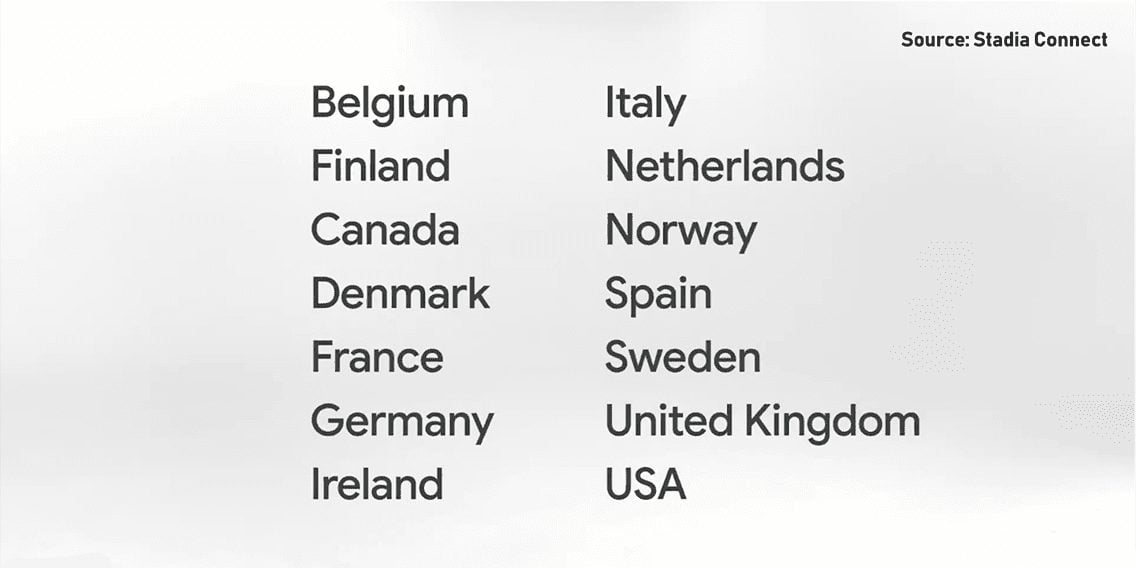
It will be launching this summer in 14 countries, including the US, Canada, the UK, and of course the list that you see above. Google is planning on expanding as time goes on, so I guess we’ll just have to wait and see how this all plays out in the next few years.
AMD Partnership & Final Thoughts
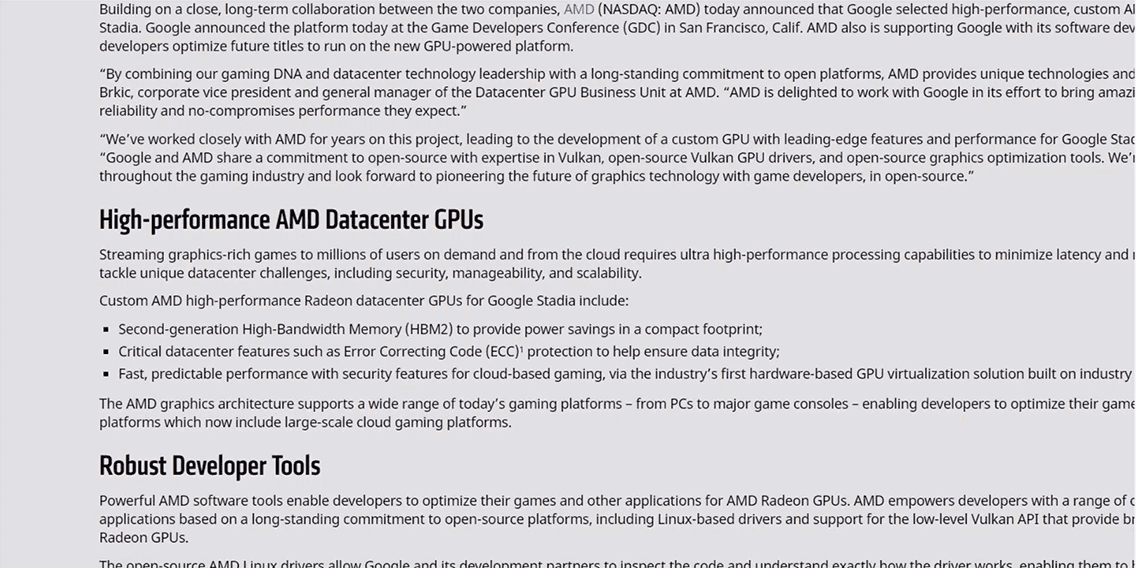
Now, what’s really interesting is that Google has actually integrated AMD GPUs into their data center and they’ve also included developer tools to create the foundation of the Stadia. It looks like they do have the hardware to back it up because they’re using Radeon GPUs with high bandwidth HBM2 memory to provide fast and predictable performance. The GPUs also features error correcting code to ensure data integrity.
Overall, my biggest concern is obviously going to be latency. I’m sure a lot of you guys would agree with me on that as well because in the past I’ve tried a lot of these streaming services and the weren’t really that great, particularly with NVIDIA’s GameStream. I mean I’ve tried streaming a game from my PC to the NVIDIA Shield over my WiFi network and it wasn’t really that great. We have also tried the AMD Link game streaming service. It works 70% of the time, but latency was still present and it wasn’t really perfect. So like I said, I guess we will just have to wait and see what Stadia has to offer. I can’t wait to get my hands on this and share my experience with you guys, but let me know what you guys think about Stadia. Is it something that you would consider trying out yourself? Do you think Stadia is the future of gaming? If it turns out to be successful because latency is not even an issue, it could also be a little bit of a problem for gaming brands, because then what’s the incentive to build a heavy duty gaming PC? It will definitely be interesting to see what impact – if any – this has on the PC gaming market, and even the console market frankly.

